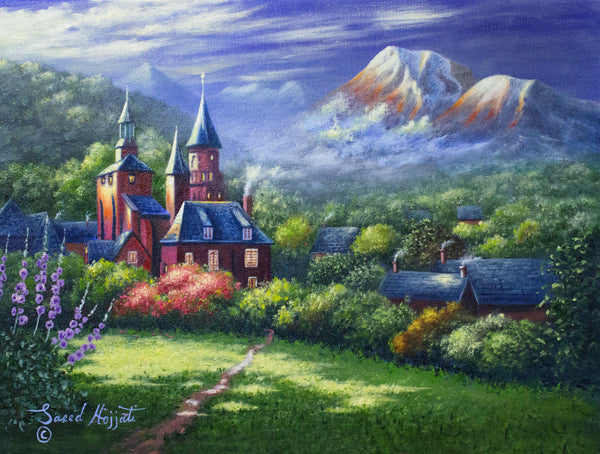
Description:
The monks of Charroux Abbey founded a priory in the 8th century which attracted a population of peasants, craftsmen and tradesmen who lived and prospered around its fortified walls. The welcoming of pilgrims for Compostelle through Rocamadour was a lasting source of profit. In 1308, the viscount of Turenne granted the village a right to high, medium and low jurisdiction, permitting it to govern the birth of lineages of prosecutors, lawyers and notaries. The enclosure soon became too small to contain the entire population, and faubourgs were created. Following the French wars of religion, the reconstruction of the nobility's fortune coincided with the viscount's rise in power.After selling the viscounty in 1738, and after the French Revolution which caused the destruction of the priory buildings, the village regained a short-lasting prosperity at the beginning of the 19th century. Later on, its population slowly decreased and the village was transformed into a stone quarry.At the beginning of the 20th century, some villagers created the association Les Amis de Collonges (The Friends of Collonges) and eventually obtained the classification of the entire village as a historical monument in 1942.Collonges-la-Rouge is entirely built with red sandstone. Its existence is proven since the 8th century thanks to the donation of the count of Limoges of the parish to the monastery of Charroux.The village is a member of the Les Plus Beaux Villages de France (The Most Beautiful Villages of France) association, and is actually where this association was created. It is one of the most visited sites in the Nouvelle-Aquitaine.
SOLD
Giggle Print Available. Original Dimension: 16 x 12 inch




